A New Layer is an exhibition based on the collaboration between five Swedish designers and Taiwanese craftsmen working with traditional techniques and materials, an unlikely meeting between new nordic design and Taiwanese vernacular craft traditions.
The collaboration behind the exhibition A New Layer took place between 2012 and 2014 under the auspices of National Taiwan Craft Research and Development Institute (NTCRI) and invitations were extended to five Swedish designers, all very prolific and very different from each other, Matti Klenell, Stina Löfgren, Carina Seth Andersson and Gabriella Gustafson & Mattias Ståhlbom of TAF Architects. NTCRI has previously initiated collaborative projects with renowned designers such as Konstantin Grcic and Nendo.
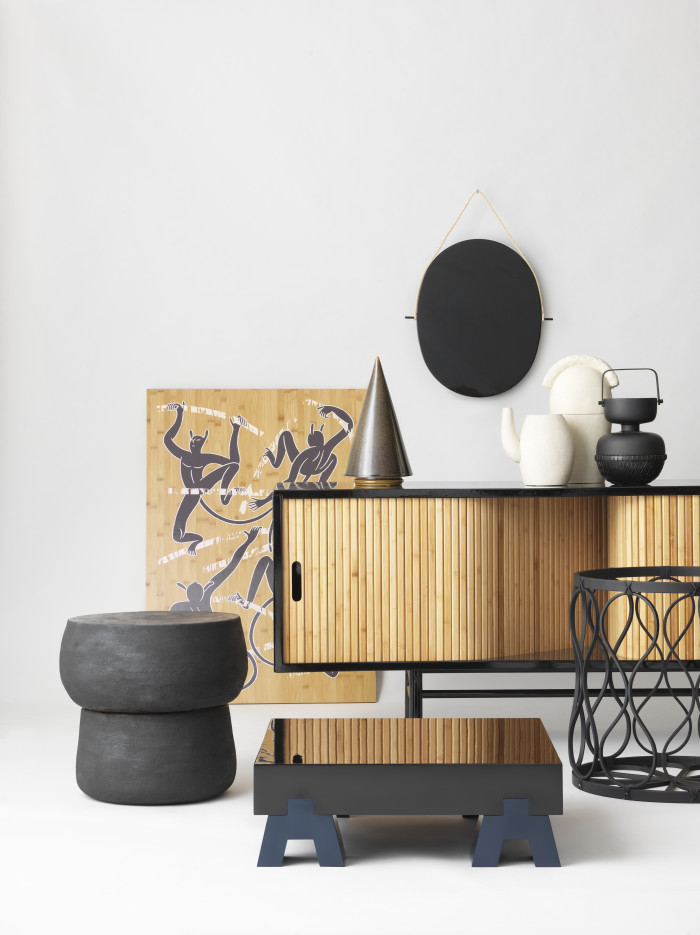
The context of Taiwanese craft is very interesting, offering a wealth of cultural influences and techniques. Throughout history the island has been subjected to colonial rule under Imperial China and then Imperial Japan, while also being the home to aboriginal cultures. More recently Taiwan has laid claim to the preservation and continuation of Chinese traditions that has been more or less extinct on mainland China, either through the Cultural Revolution or by unchecked market reforms. In other words, its a very dense cultural context that provided the site for these creative meetings and processes.
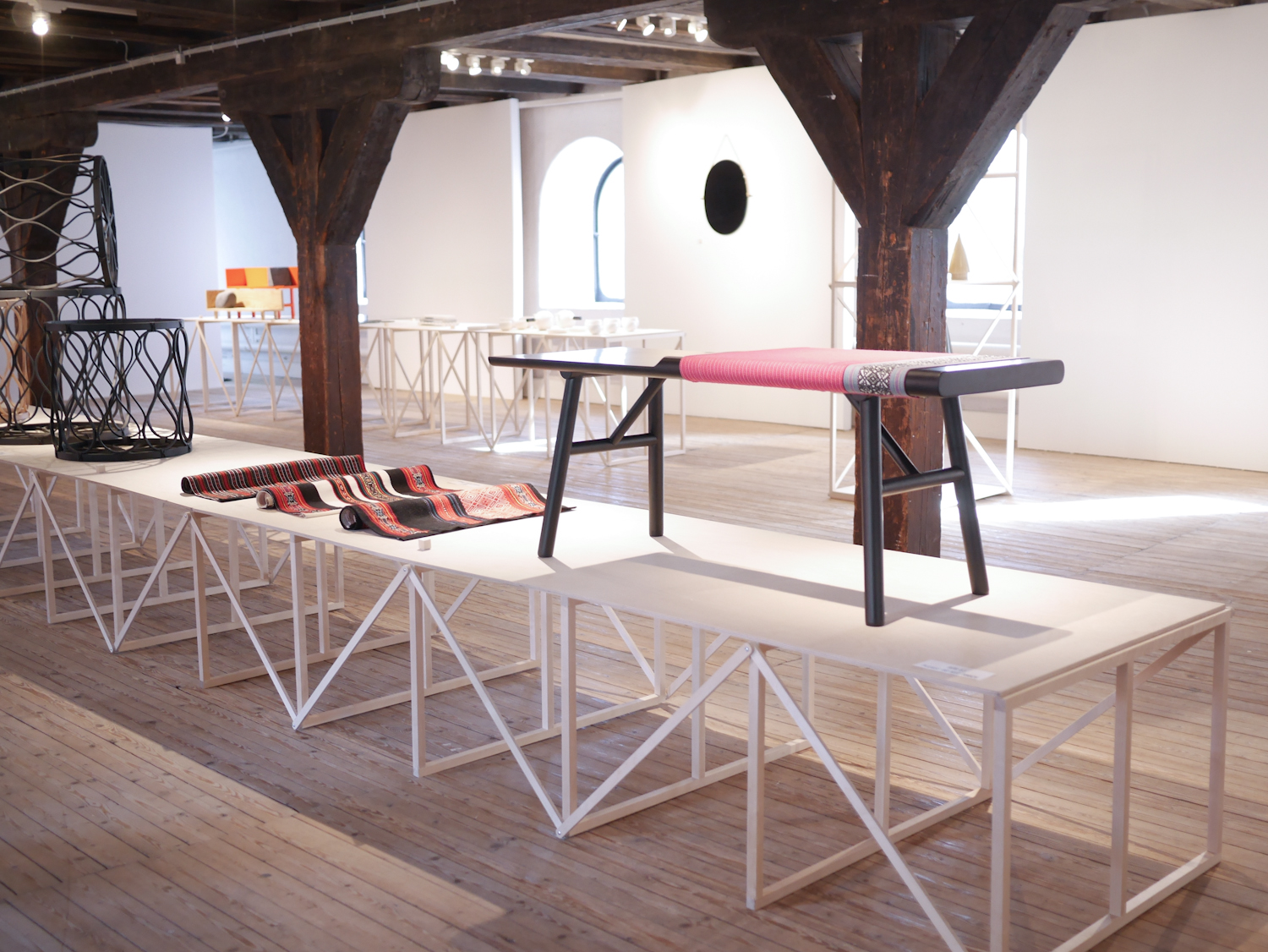
A New Layer is a collection of ca. 30 objects, a compilation of one-offs, prototypes, ideas and suggestions rather than products. Except for the use of lacquer techniques in most pieces, as alluded to in the exhibition title, there is no particular underlying theme or program in A New Layer. The common denominator is perhaps found in the provisional nature of these process oriented projects.
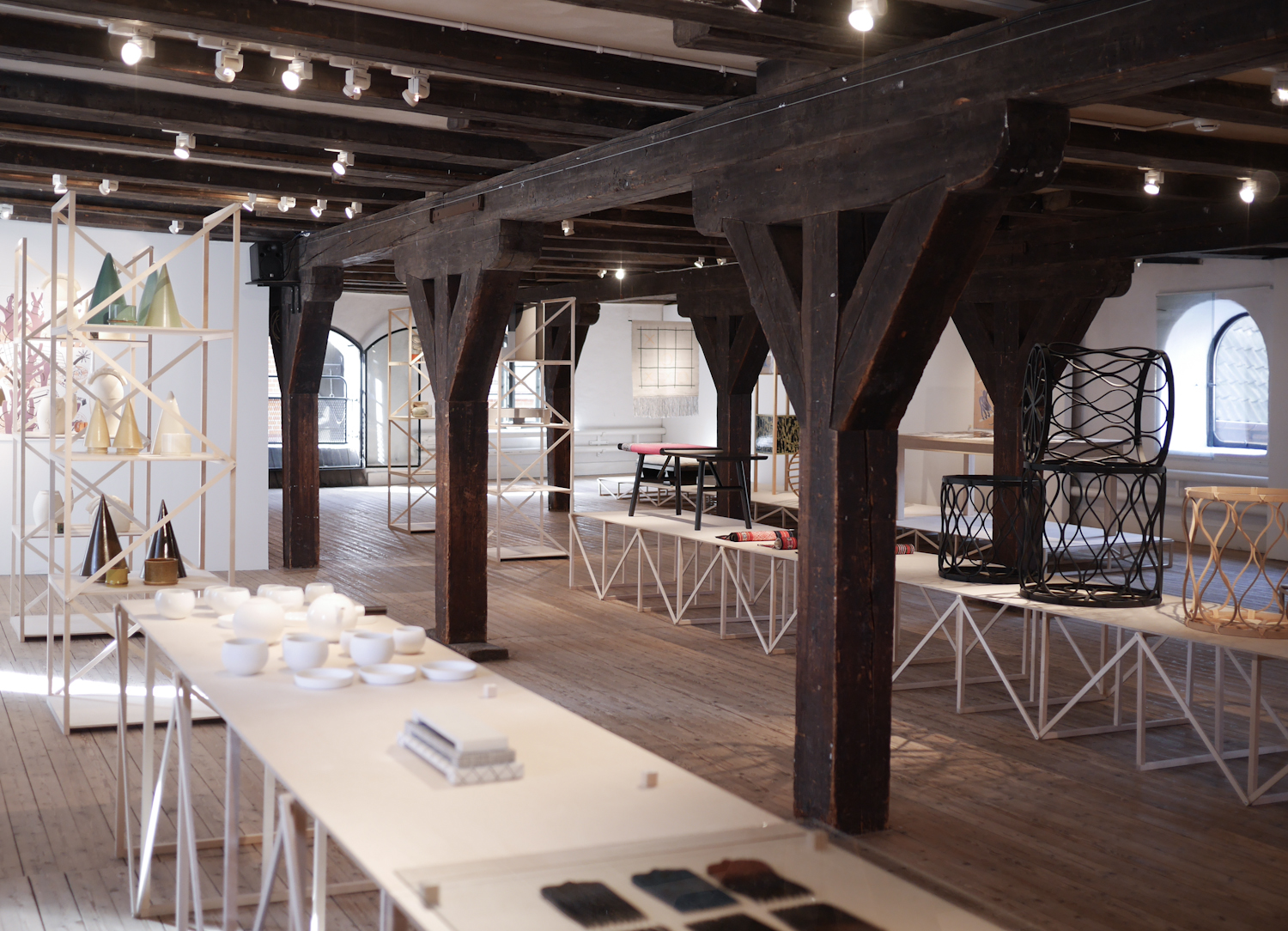
Matti Klenell, perhaps most known for his works for Ittala, Källemo and Muuto, works in a decidedly Scandinavian tradition with organic forms and volumes, and materials such as wood, glass and brass. Being well-versed in different techniques, Klenell contributes a diverse range of objects for the exhibition.
The Xitou Sideboard (made by Shu-Fa Wu) ) contains a synthesis of mid-century DNA and ancient lacquer techniques, the Daya Containers (made by Shu-Fa Wi, Mao-Hui Chen & Hsing-Tse Liu) and Da-an Shrines (made by Yuna Taru & Yu-An Yi) all share a treatment of volumes that are very characteristic to Klenell’s work.


TAF Architects are known both for their interior desigsn as well as for their products for Muuto, Zero and others. Artist table (made by Sheng-Wen Lia) is an unremarkable construction of industrial plywood but with a very expressive lacquer stained tabletop, somewhat reminiscent of action-painting. Construction Collection (made by Shu-Fa Wu, Chao-Ming Liu) is simple modular system made up of brightly lacquered bamboo sticks tied together with bamboo strips. Tic-Tac-Toe (made by Yuma Taru & Chin-Mei Huang)) is a playful interpretation, or perhaps homage, to the tradition of go, a board game often played on a designated game table. In Lacquer Mirror TAF has made the most of lacquer techniques, achieving an almost uncanny mirror effect with its oil like, deep black nuances and blank surface.
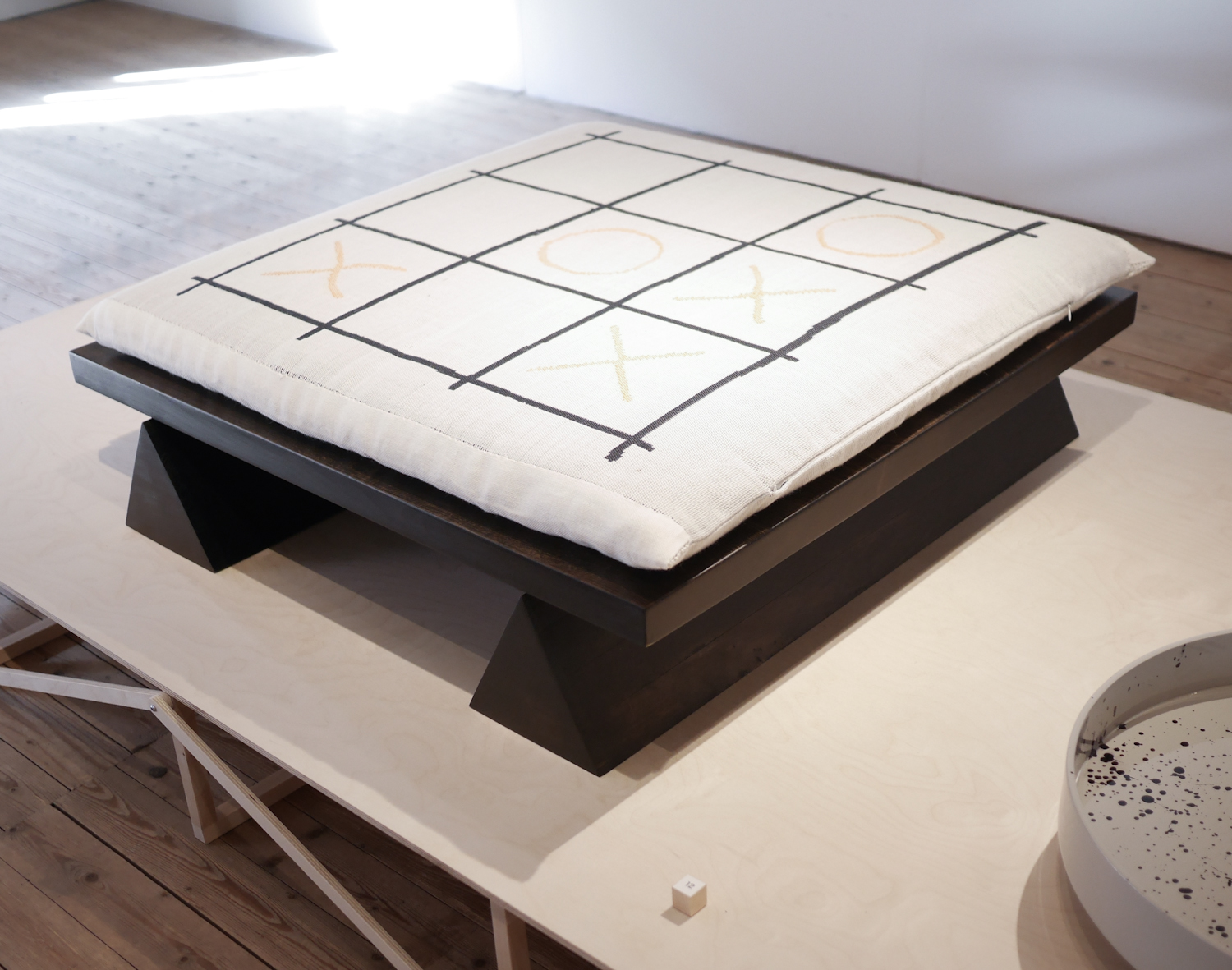
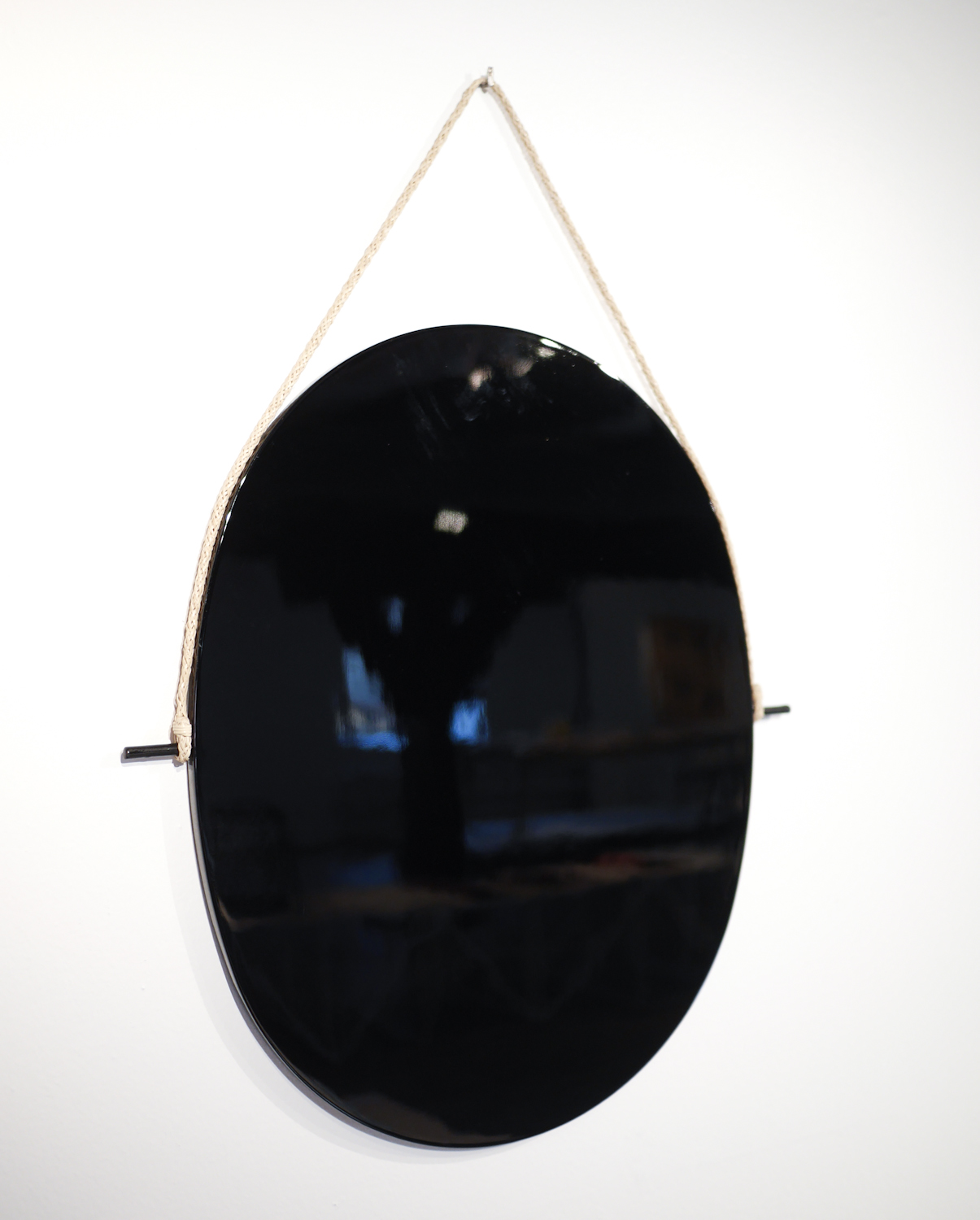
Being an illustrator and animator, Stina Löfgren is somewhat of the odd one out in this group, however she has previously collaborated on a couple of furniture pieces for the Örnsberg Auction. Löfgren’s Fatmomakke Cabinet (made by Ming-Zong Chen) is the most idiosyncratic object in the exhibit, making use of both lacquer and inlay techniques. The name Fatmomakke is taken from a place in the same remote municipality Löfgren grew up in, hinting at some opaque narrative significance in this piece.

Finally, glass artist Carina Seth Andersson has a long resumé of gallery exhibitions and has worked with classic Swedish interior brand Firma Svensk Tenn and fashion brand HOPE. For A New Layer Seth Andersson has designed among other things an assortment of large trays (Chi-Hong Lee) and a tea set (Chi-Mei Huang), objects that carry historical and social meanings both in Western and Eastern cultures.
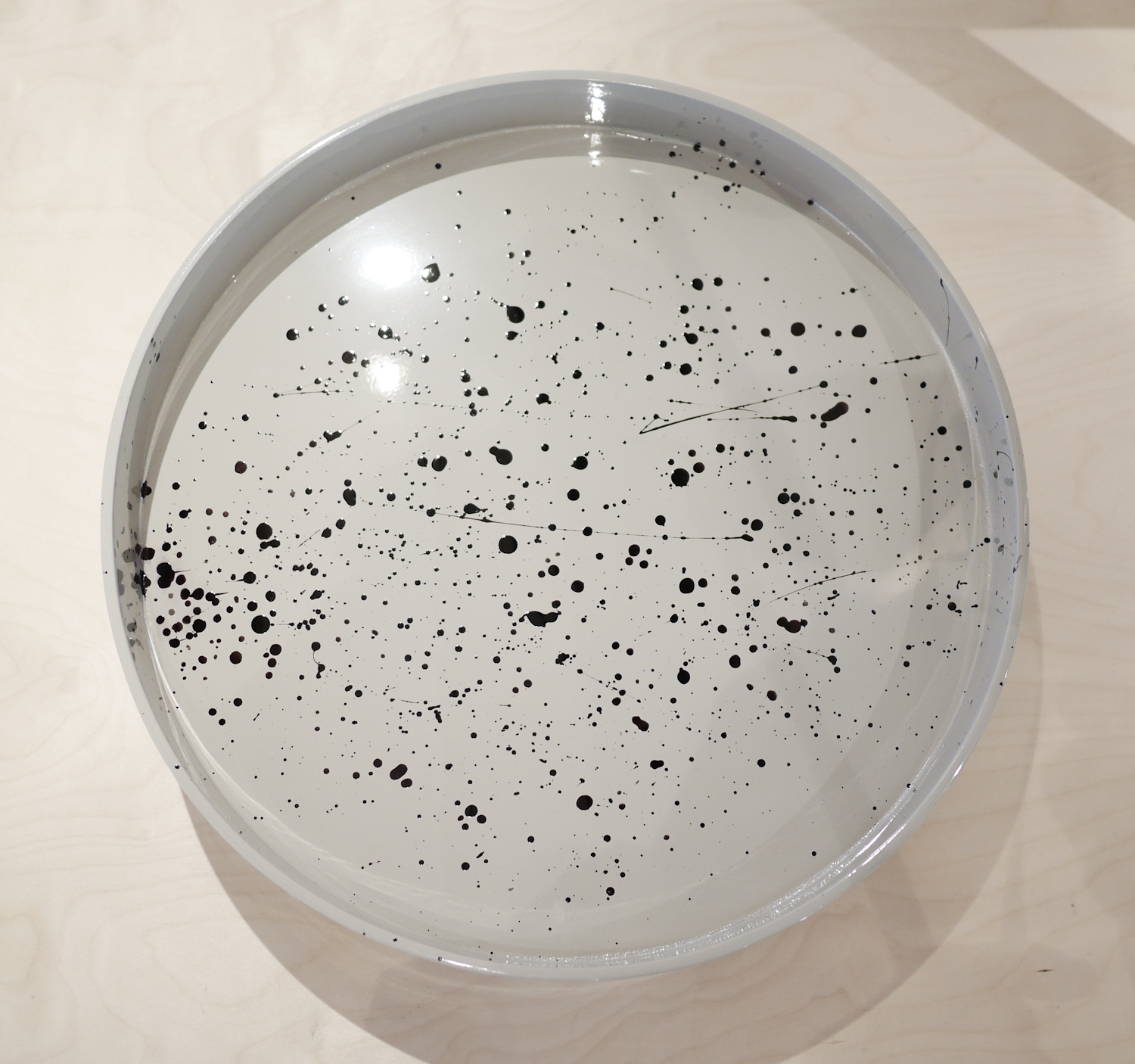
A New Layer is a collaboration between National Taiwan Craft and Research Institute and The Museum of Far Eastern Antiquities. It is now showing at Form/Design Center Malmö before continuing to Röhsska in Gothenburg.
